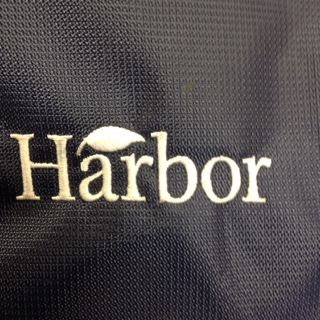Title Page
-
Document No.
-
Audit Title
-
-
Closest mile markers
-
Client
-
Conducted on
-
Prepared by
Review of On Site Documentation
-
Is the Notice of Coverage (NOC) posted?
-
NOC should be posted in a publicly accessible location near where construction is actively being performed.
-
Is the SWPPP at the construction site and in the location noted on the NOC?
-
Is the responsible person listed on the SWPPP the current person that is responsible for the SWPPP?
-
Is the list of contractors/ individuals current on the SWPPP with regards to each parties responsibilities for the services provided for the SWPPP?
-
who is the inspector?Who is in charge of BMP Maintenance? Stabilization activities, etc.
Review of On Site Conditions vs SWPPP Documentation
-
Does the SWPPP identify by name and location all current onsite potential sources of pollutants/pollution from construction activities that could possibly contact stormwater?
-
Does the SWPP accurately describe the nature of the construction of the construction activity?
-
Does the SWPPP accurately describe the sequences of major activities which disturb soils for major portions of the site?
-
Does the SWPPP, site map, and NOC accurately indicate the total area and locations of the site that is to be disturbed?
-
Do the SWPPP and the site map identify all named and unnamed streams, creeks, rivers, lakes or other water bodies within the boundaries of, or otherwise affected by, the project?
-
Is a 25' buffer zone being maintained from the top of the bank of a wet land or stream to any disturbed areas?
-
Does the SWPPP and STAA fully document the circumstances and reasons for all buffer zone encroachments?
-
Has the SWPPP and the site map been revised to reflect current conditions?
-
Stabilized areas, locations of BMPs, waste storage, concrete washouts, borrow areas, equipment storage
Review of Contractor Routine Inspections
-
Are inspections being conducted and documented in accordance with the SWPPP inspection schedule?
-
Once every 7 calendar days, or 14 calendar days and within 24 hours of a rain event of 0.5 inches or more.
-
Are inspection records located with the SWPPP?
-
Are inspections being conducted by qualified personnel?
-
Person who is knowledgeable in principles and practices of erosion and sediment controls and posses the skill to assess the conditions on the construction site.
-
Are inspections throughly documented, providing the following information?
- Inspector Name and Title
- Date of Inspection
- Amount of Rainfall
- Days Since Last Rain Event
- Approximate beginning and duration of last rain event
- Description of Any Discharges During Inspection
- Location of Discharges of Sediment/Pollution
- Locations of BMP's in need of maintenance or where maintenance was performed
- If BMP's are in working order
- Locations that are in need of additional controls
- Location and Dates When Major Construction Activities Began, Occur or Cease
- signature of Qualified Signatory Official
Review of Training
-
Is there documentation per the SWPPP of the training of personnel, contractors, and subcontractors?
-
Is the training documentation located with the SWPPP?
-
Is the training being given by a knowledgeable and qualified trainer?
Review of Pollutant Discharge Potential and Stabilization Measures
-
Is there evidence of pollutants entering a stormwater conveyance system?
-
Are erosion and sedimentation control measures operating properly?
-
Are erosion control measures effective in preventing significant impacts to waters of the state?
-
Is there evidence of off-site sediment tracking by vehicles entering or exiting the site?
-
Are dates and areas indicated in the SWPPP and site map for stabilized areas?
-
Have stabilization measures been initiated within 14 days after construction activity has temporarily or permanently ceased?
Review of Structural Practices and Other Controls
-
Check the following structural practices and controls check all that are applicable for proper installation and maintenance.
-
Silt fences (installed and maintained)
-
Earthen dikes to prevent run-on
-
Drainage swales to prevent run-on
-
Check dams
-
Subsurface drains
-
Pipe slope drains
-
Storm drain inlet protection
-
Rock outlet protection
-
Sediment traps
-
Reinforced soil retaining system
-
Gabions
-
Temporary or permanent sediment basins
-
Velocity dissipation device
-
Stabilized construction entrance and exit
-
Waste disposal
-
Sanitary waste accommodations
-
Fuel storage areas, hazardous waste storage and truck wash areas
-
Concrete washout
-
Comments
-
Signature







